國立臺灣師範大學助理教授
Assistant professor of the National Taiwan Normal University
Article of famous designers
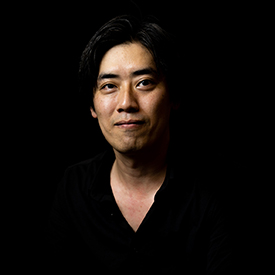
國立臺灣師範大學助理教授
Assistant professor of the National Taiwan Normal University
Introduction
A design competition is one of the essential topics for designers. Thearchitectural industry can track it back to 448 BC for the Acropolis of Athensas the origins of competition. The incredible landmark in Florence, Santa Mariadel Fiore, was also the result of competition. In the modern design era, designcompetition played a significant role in changing design’s social awareness foravant-garde designers such as Le Corbusier (Swiss-French architect), LudwigMies van der Rohe (German-American architect), and many others. Most of thetime, it shows how glorious the winning designers are and only featuresbright-side. However, Tadao Ando, Pritzker Award-winning Japanese architect,mentioned that most of his competition challenges failed in one of his books.In short, it is not easy to win the competition. However, we all can learn fromparticipating in each competition, and sometimes it can change your life. Ilike to share some experiences through a design competition and how theseexperiences influence my design career in this essay.
One competition a month
During my undergraduate study in Japan, the knowledge learned from thecourses was relatively fundamental and practical, including hand-drawing, modelmaking, and computer rendering. However, my graduate school offered a differentlearning experience, which was more philosophical and experimental. The time ingraduate school was such a thrill-full to test the limit and improve the skillof design and presentation. I formed a partnership with Ming-ni Chan toparticipate in design competitions worldwide, even during the semester break.After graduating from the master’s program, I started to work in New York Cityas an architectural designer. It was exciting to be a part of a professionalsociety and work on actual projects. However, a missing school life made mekeep joining design competitions after my work. Afterward, working on thedesign competition became a part of the lifestyle. Every month, we have workedon different competitions, one from the other. However, there was no gloriousresult from participation most of the time. The first winning competition wasthe ACADIA 2006 New Media School competition. Later this project received theMerit Award from the Far Eastern International Digital Architectural DesignAward in 2008. On the other hand, it was countless how many losses we had fromthe competition.
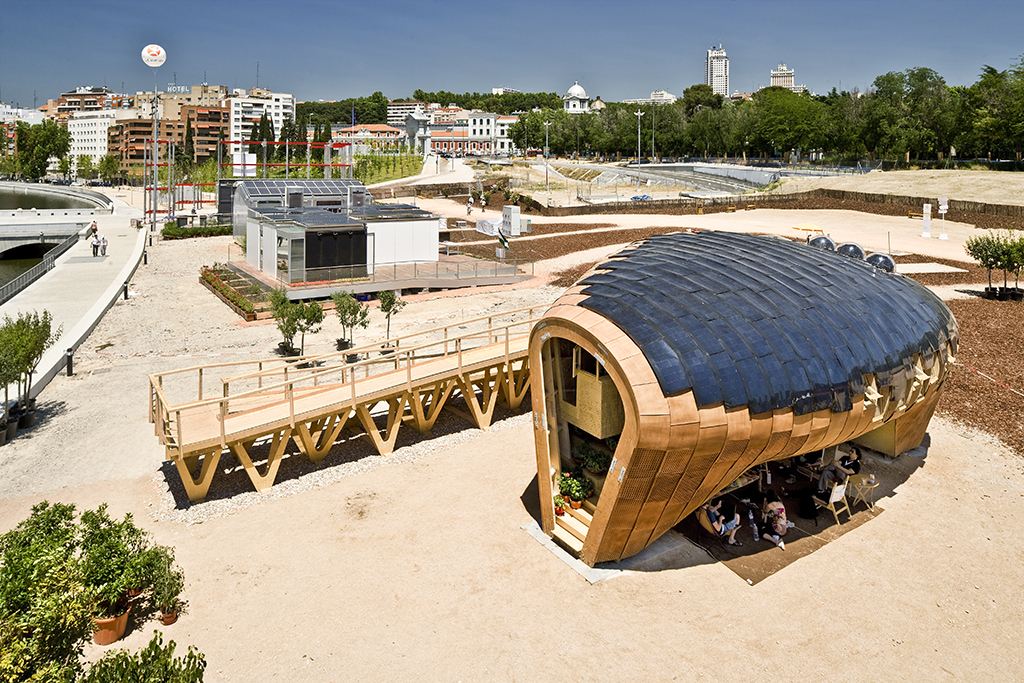 Picture 01: FabLab House (Photo by IaaC)
Picture 01: FabLab House (Photo by IaaC)
Moving back to Asia and Digital Fabrication projects
After moving back to Asia from Spain, we initially settled in Tokyo tostart our design practice in 2010. However, while actively working on severalprojects in Japan and Taiwan, we relocated to Taiwan in 2013. One of thereasons was that Taiwan had more opportunities to employ the experience weacquired in the U.S and Spain, such as digital fabrication and craftingprojects. The knowledge and experience from FabLab house motivated us to applydigital modeling and fabrication to our design projects. We worked on severalprojects, including display stand design, furniture, and indoor pavilion with asimilar approach. The Lightscape Pavilion, installed on the top of TreasureHill Artist Village, Taipei, was a temporary art installation for TaipeiLantern Festival in 2013 [Picture 03]. We tried to combine digital fabricationwith traditional crafting material in this project. The outcome was anastonishing success. Lightscape Pavilion received several international awards,including Taiwan Interior Design Award, Golden A’Design Award, and LIT LightingDesign Award. We also experimented with other types of material, such ascorrugated cardboard sheets. Spiral Stool, self-assembly flat-pack furniture,was developed with C-Hub of National Chang Kung University and Yuen Foong YuTainan Creativity Center [Picture 04]. This minimum yet functional designreceived Golden Pin Best Award, Platinum A’Design Award, Golden EuropeanProduct Design Award, and Bronze IDA Award. We believe each effort leads toanother step of success and design awards always encourage us to do so.
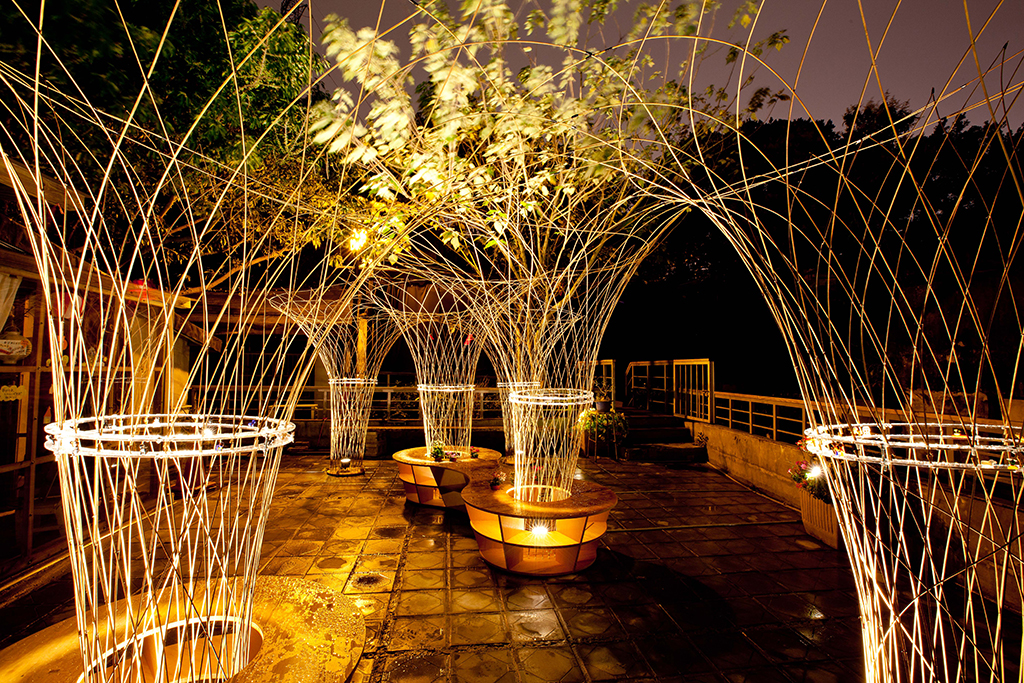 Picture 02: LightscapePavilion (Photo by Treasure Hill Artist Village)
Picture 02: LightscapePavilion (Photo by Treasure Hill Artist Village)
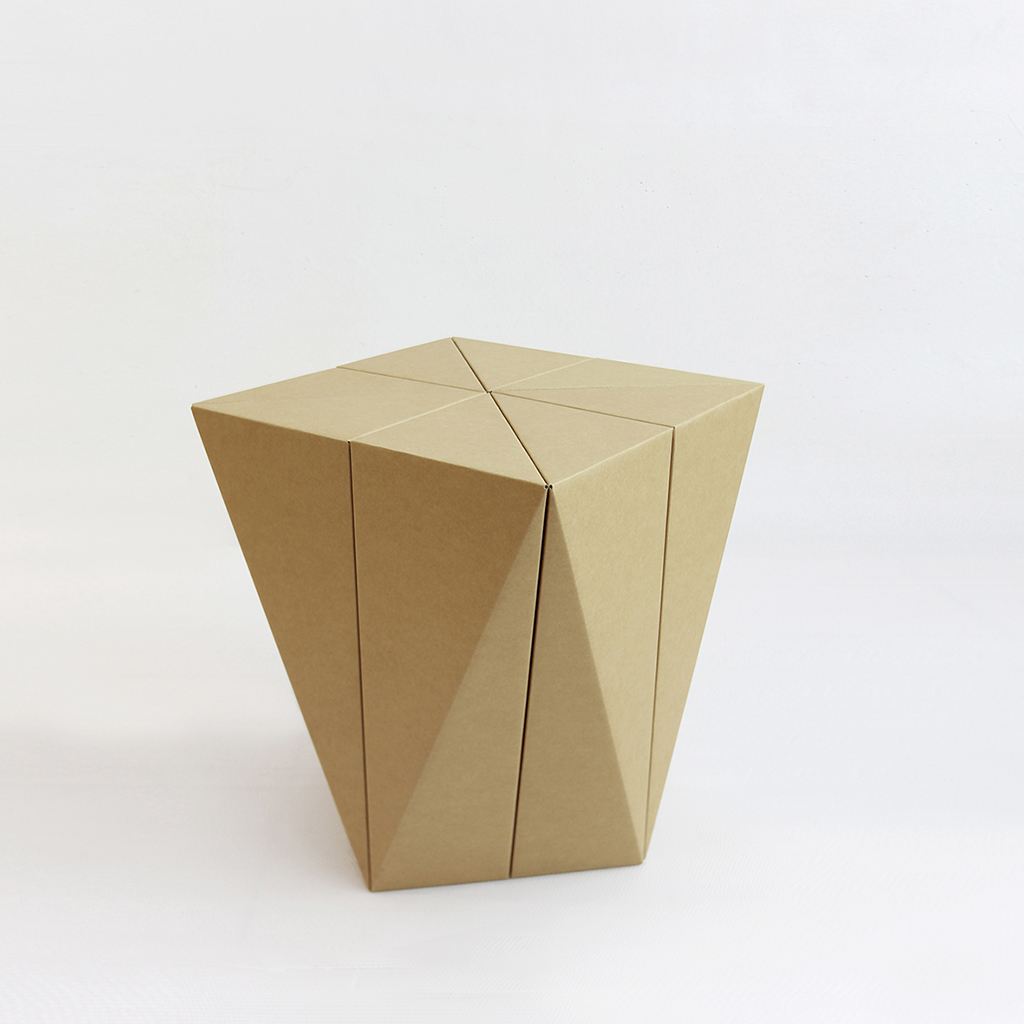 Picture 03: SpiralStool (Photo by MisoSoupDesign)
Picture 03: SpiralStool (Photo by MisoSoupDesign)
Orchid House and Solar Decathlon Europe 2014
The other aim of returning to Asia was to share our experience andknowledge with the younger generation. We thought the experience from SDE 2010was incredibly precious. Therefore, we were fortunate to have the chance tocollaborate with National Yang-Ming Chiao Tung University, Graduate Instituteof Architecture, to join another edition of SDE. Prof. C. David Tseng and theInstitute initiated the Orchid House project [Picture 04]. Under the directionof Prof. Shu-Chang Kung, we took 30 students to Versalles, France, to competein the SDE 2014. One of the most challenging projects was to deliver the solarhouse prototype from Taiwan to France and assemble all the parts within tendays prior to the competition. Along with all the difficulties, we won severalawards, including first place Urban design, transportation & affordability,second place Innovation, third place Energy efficiency. As the team facultyadvisor, I learned the challenge of working with students to develop a projectand implement it into their curriculum. SDE 2014 was also the turning point ofmy teaching career. It helped me establish the pedagogical theory in many of mycourses at National Taiwan Normal University, Department of Design.
 Picture 04: OrchidHouse (Photo by SDE2014)
Picture 04: OrchidHouse (Photo by SDE2014)
Conclusion
After looking back on my past two decades’ career, it is impressivehow design competitions play essential roles. Last year, we joined the DesignMovement on Campus project, initiated by Taiwan Design Research Institute(TDRI). We needed to compete with other designers during the proposal phase toimprove the interior space of schools. As a result, we completed the Feng-DongJunior High School project, which renovated a 50-year old martial arts trainingspace into an assembly hall [Picture 05]. This project is a milestone of ourdesign practice, which combines technology, sustainability, and culture into adesign outcome. We always try to implement these criteria into our project.However, there are many difficulties to overcome to have a successful project.It was such a rewarding moment when we received the 2021 Taiwan Interior DesignAward Special Jury Award and Taiwan Interior New Talent Award with thisproject. The past competition experience taught me; first, I need to try;second, I must keep trying; and third, do not miss the precious opportunity. Ihope you can encounter life-changing opportunities. The world of design isbroad and deep. Shape your skill and sense to grab them!
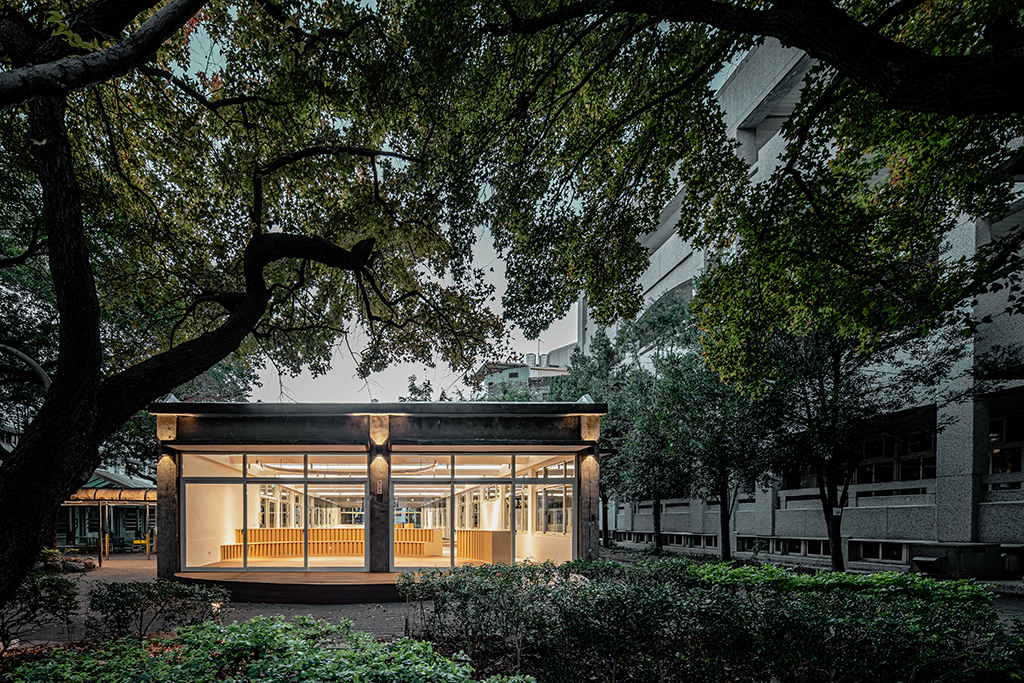 Picture 05: FengDong Junior High School (Photo by MisoSoupDesign)
Picture 05: FengDong Junior High School (Photo by MisoSoupDesign)